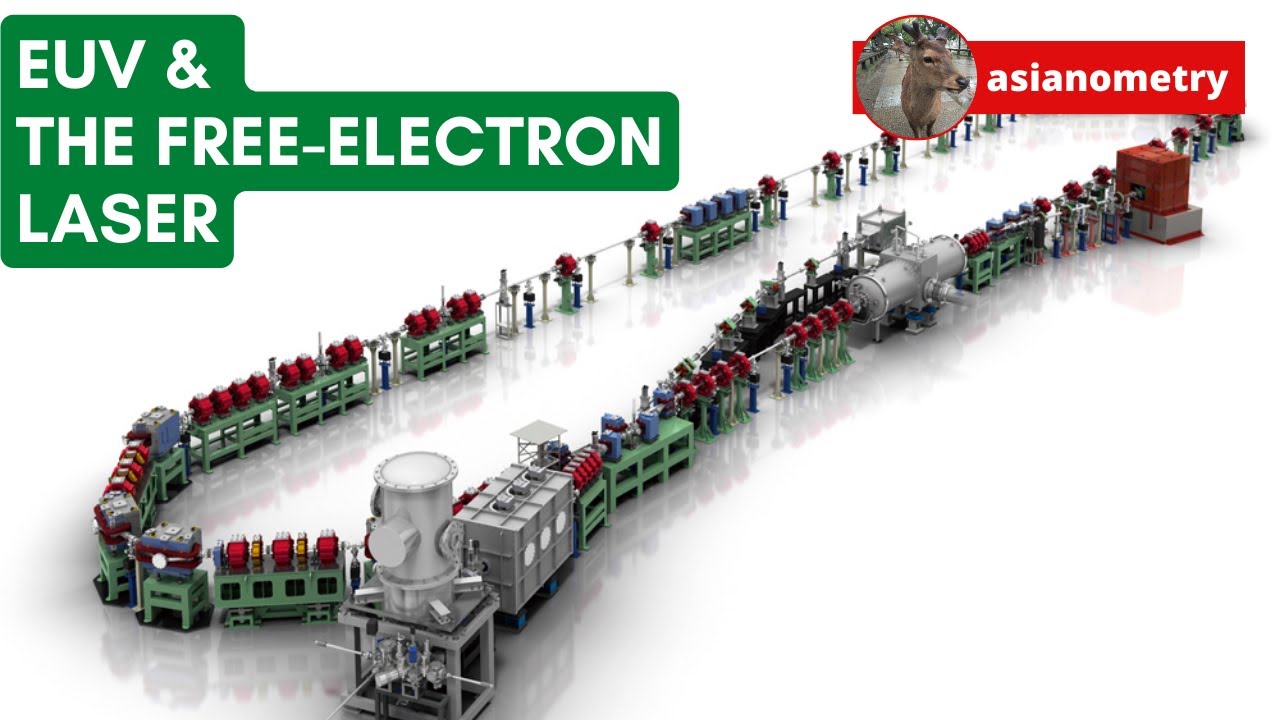Just when you thought semiconductor manufacturing couldn’t go any further off the deep end after High Numerical Aperture Photolithography (posted here on 2023-08-27), along comes the idea of using a free-electron laser as the light source, allowing greater intensity than the current tin plasma zapping technique and tunable wavelength, permitting scaling to even smaller device feature sizes in the future.
Potential drawbacks (or “challenges”) in adopting this technology? Well, the linear accelerator required to boost the electrons to the relativistic velocity (800 MeV) needed and the “undulator” that magnetically accelerates the electrons back and forth to generate the light are both around 200 metres long, arranged in an oval racetrack 20 metres wide with bending magnets at both ends, and the whole apparatus is expected to cost around US$ 400 million, although a single light source may be shared by multiple photolithography machines.
The research paper discussing a proof of concept free-electron laser for extreme ultraviolet lithography is “High-power EUV free-electron laser for future lithography” (full text at link). Here is the abstract.
The development of a high-power EUV light source is very important in EUV lithography to overcome the stochastic effects for higher throughput and higher numerical aperture (NA) in the future. We have designed and studied a high-power EUV free-electron laser (FEL) based on energy-recovery linac (ERL) for future lithography. We show that the EUV-FEL light source has many advantages, such as extremely high EUV power without tin debris, upgradability to a Beyond EUV (BEUV) FEL, polarization controllability for high-NA lithography, low electricity consumption, and low construction and running costs per scanner, as compared to the laser-produced plasma source used for the present EUV lithography exposure tool. Furthermore, the demonstration of proof of concept (PoC) of the EUV-FEL is in progress using the IR-FEL in the Compact ERL (cERL) at the High Energy Accelerator Research Organization. In this paper, we present the EUV-FEL light source for future lithography and progress in the PoC of the EUV-FEL.
In 1987, I wrote a science fiction short-short story titled “Free Electrons”. Prophetic?—nope.



